Notes from Camp Kotok 2021
To learn more about Epsilon Theory and be notified when we release new content sign up here. You’ll receive an email every week and your information will never be shared with anyone else.
Continue the discussion at the Epsilon Theory Forum
The Latest From Epsilon Theory
This commentary is being provided to you as general information only and should not be taken as investment advice. The opinions expressed in these materials represent the personal views of the author(s). It is not investment research or a research recommendation, as it does not constitute substantive research or analysis. Any action that you take as a result of information contained in this document is ultimately your responsibility. Epsilon Theory will not accept liability for any loss or damage, including without limitation to any loss of profit, which may arise directly or indirectly from use of or reliance on such information. Consult your investment advisor before making any investment decisions. It must be noted, that no one can accurately predict the future of the market with certainty or guarantee future investment performance. Past performance is not a guarantee of future results.
Statements in this communication are forward-looking statements. The forward-looking statements and other views expressed herein are as of the date of this publication. Actual future results or occurrences may differ significantly from those anticipated in any forward-looking statements, and there is no guarantee that any predictions will come to pass. The views expressed herein are subject to change at any time, due to numerous market and other factors. Epsilon Theory disclaims any obligation to update publicly or revise any forward-looking statements or views expressed herein. This information is neither an offer to sell nor a solicitation of any offer to buy any securities. This commentary has been prepared without regard to the individual financial circumstances and objectives of persons who receive it. Epsilon Theory recommends that investors independently evaluate particular investments and strategies, and encourages investors to seek the advice of a financial advisor. The appropriateness of a particular investment or strategy will depend on an investor’s individual circumstances and objectives.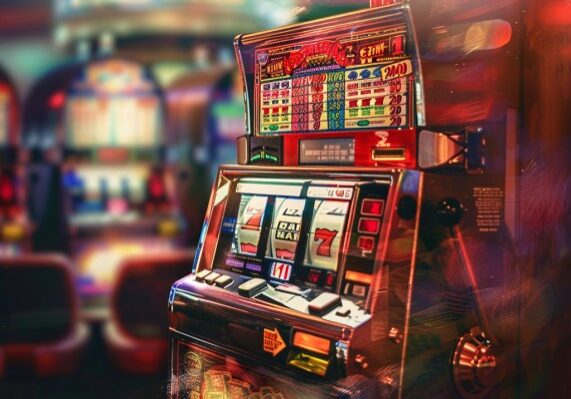
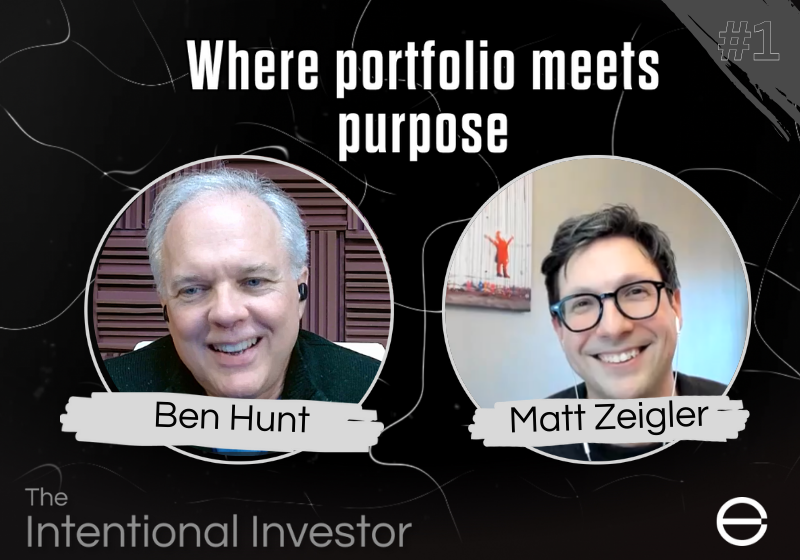
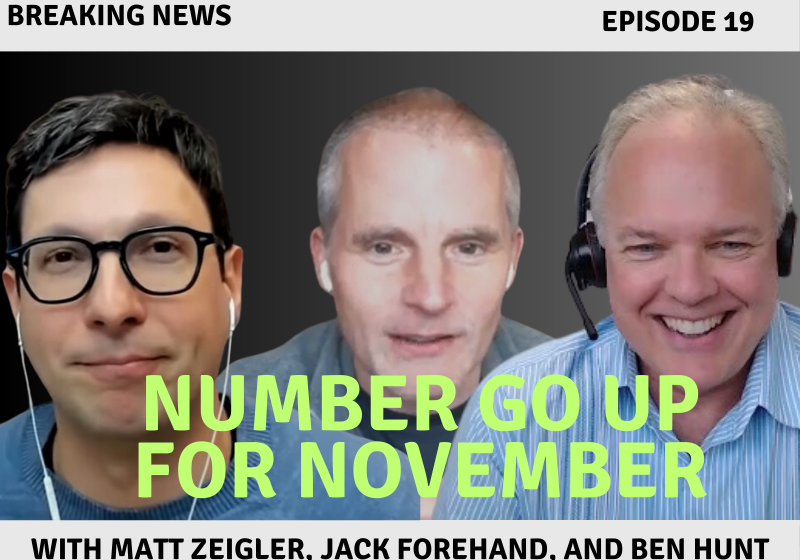
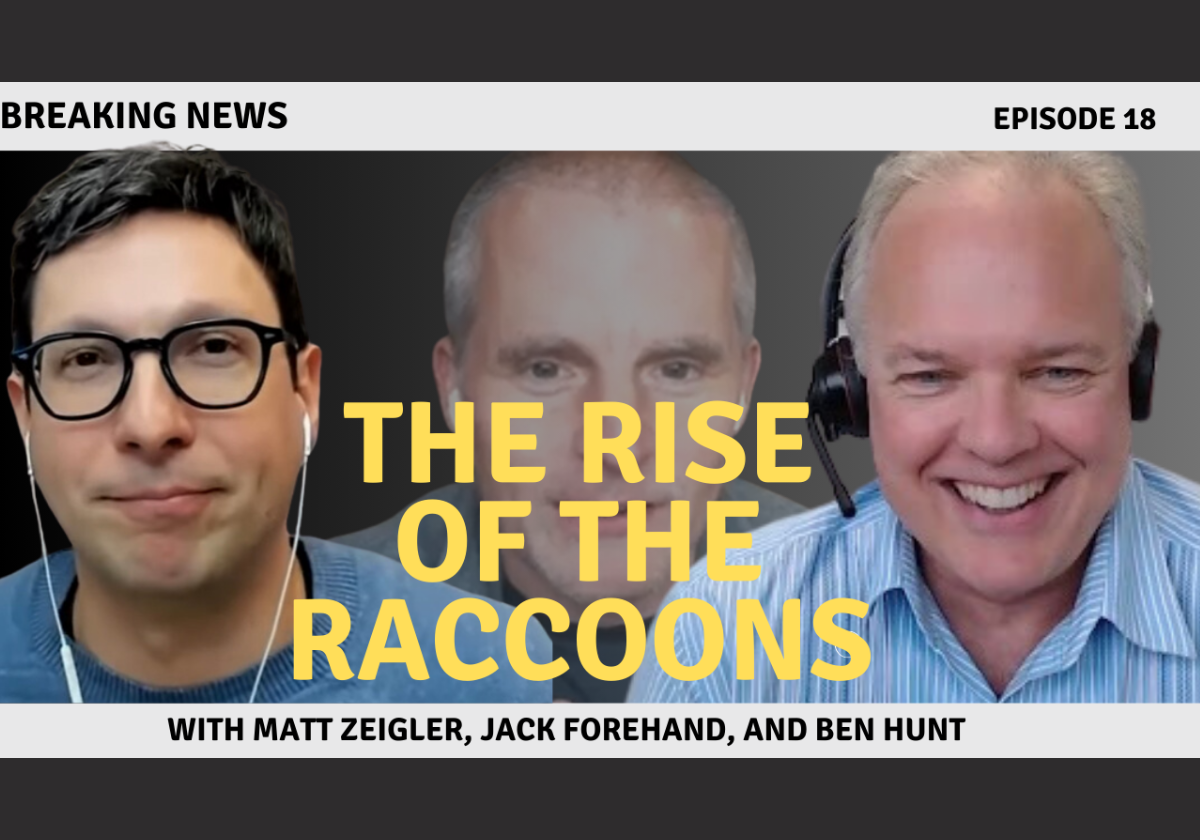
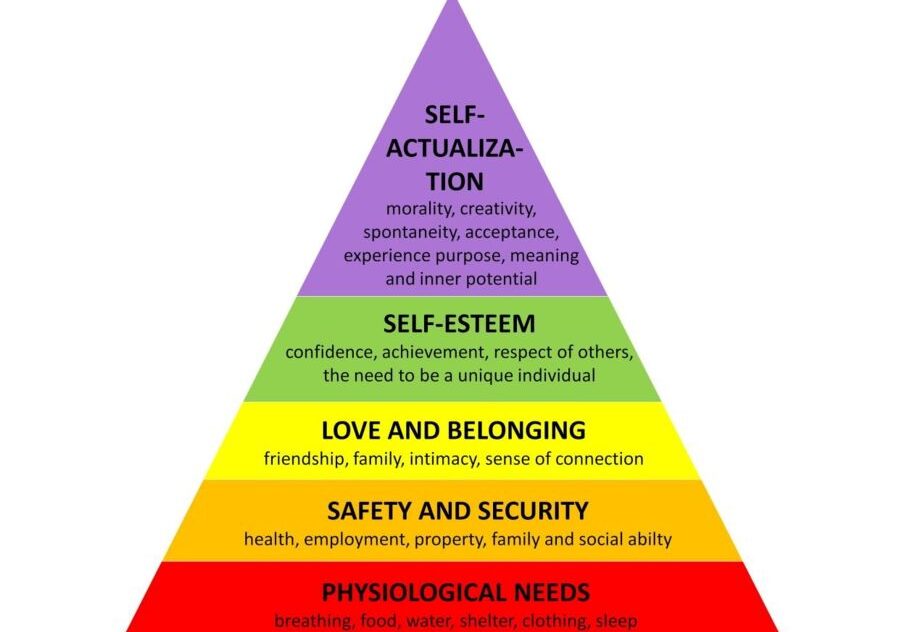
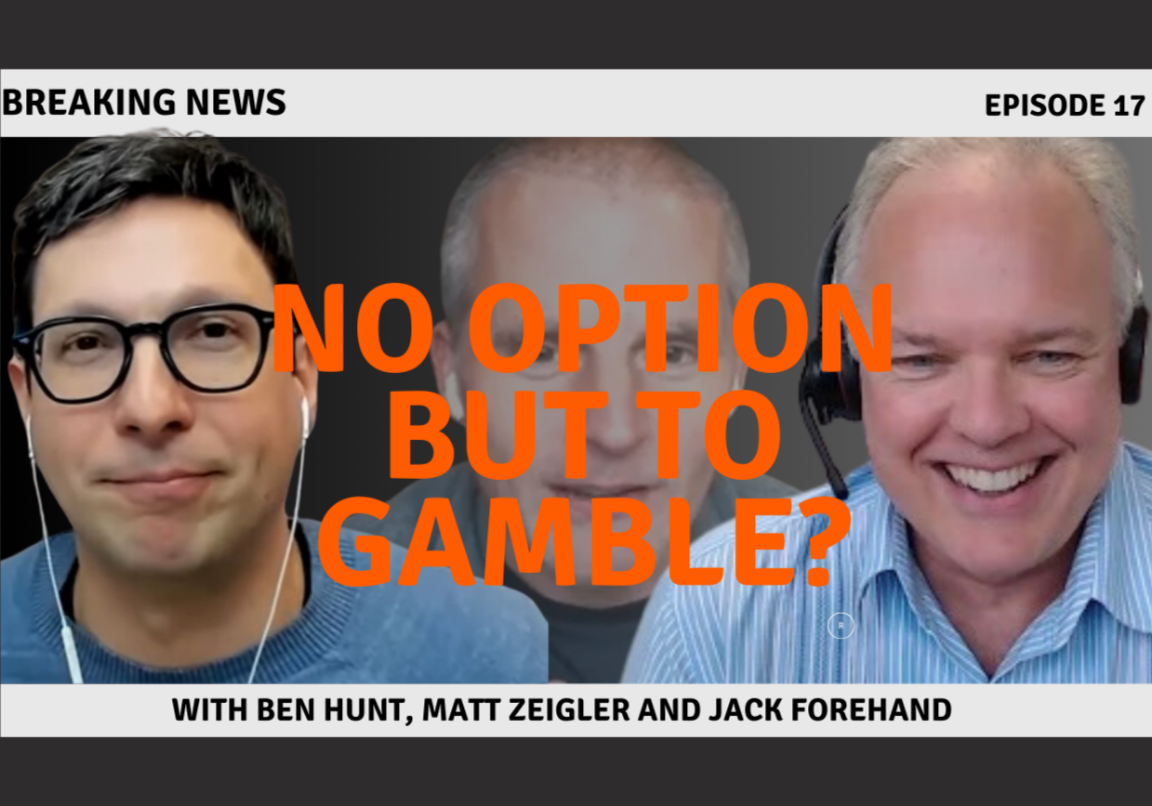

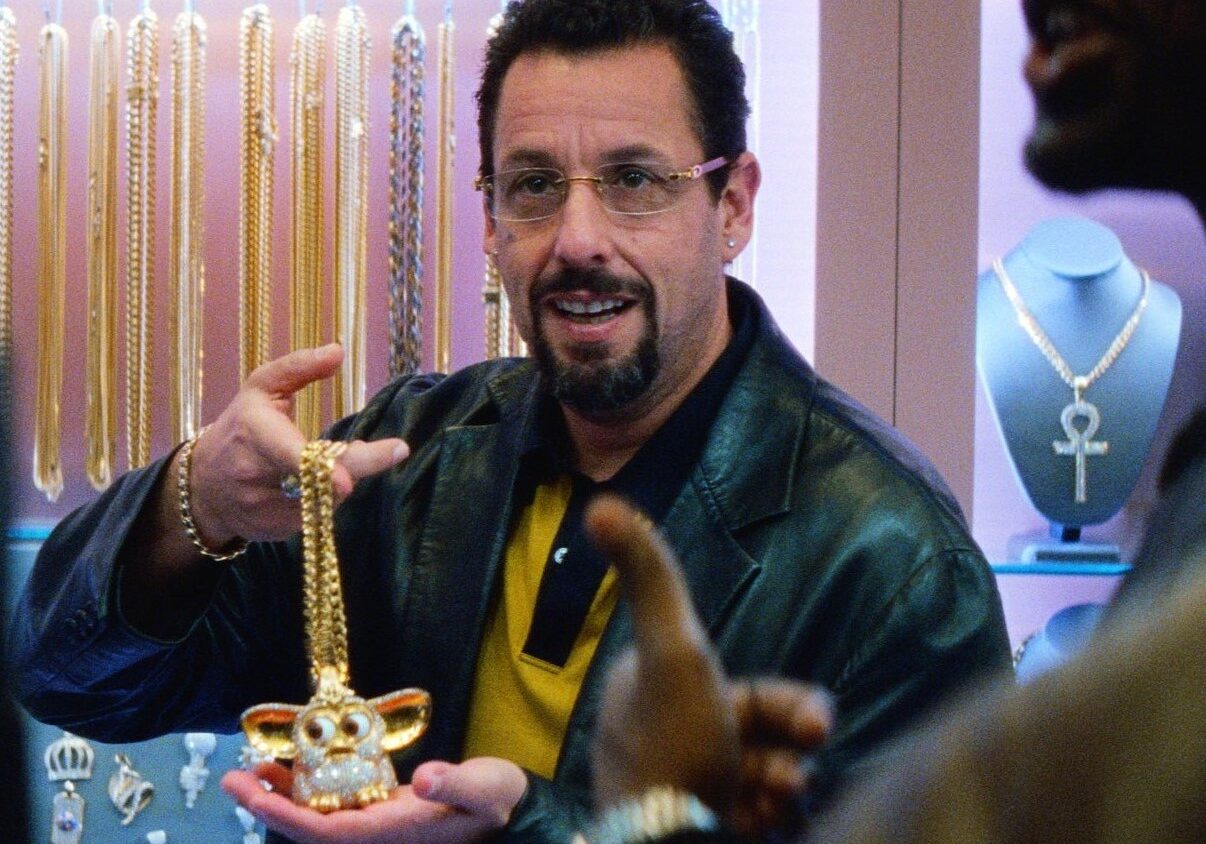

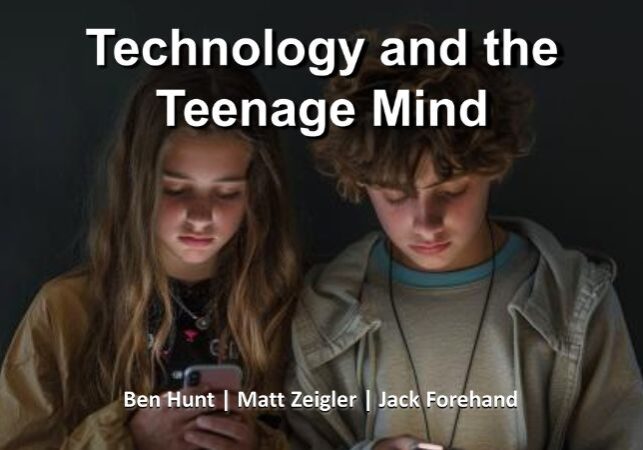
Great stuff Brent! As a former long time TradFi guy who fell down the crypto rabbit hole and went full time into crypto in 2017, and am now focused on DeFi, your note was very interesting. I agree with all of your points re: CBDC’s, the potential for ETH and DeFi to be completely revolutionary, etc. You gave some color that many in attendance were crypto haters, but I am curious what their arguments were against DeFi, for example. It seems to me that more and more former skeptics or haters - especially financial industry professionals who see how these products directly compete with their products - are having their ‘A-HA!’ moment when they see the actual utility and use cases of things like Compound and Aave, and realize that the narrative that crypto is just for "money launderers, drug dealers, tax evaders and terrorists’ is nonsense.
But so many people still have not heard about DeFi, so have not had the chance yet to have their ‘A-HA’ moment. This summer I talked to family who are professional Millenials working at tech companies in Silicon Valley and who have known about and invested in Bitcoin for a few years, and NONE of them had heard anything about DeFi. This was very surprising to me, but is one data point that DeFi is still extremely niche. Of course that is potentially very bullish, as it indicates we are still far away from mainstream adoption (and its associated asset price impact). Did you change any skeptics minds over the weekend?
Hey there… I think the remaining skeptics are mostly people that have very strong priors and are not Bayesian types , or people that have just never read about crypto and have a reflexive revulsion to the virtual world. To me, the “it’s not even real!” arguments are not very smart and ignore the inevitable transition from real to virtual that has been going on for years and has accelerated like mad with Fortnite and Ready Player One and Oculus etc. Seems to me most of the remaining minds are not going to be changed. It’s very particular to age with most extreme skeptics 50 years old ++
I see news reports of studies predicting that massive solar flares could take out the internet. I wonder how crypto currencies would react if the internet is out of action for a few months. Maybe there are scenarios where crypto wins, and scenarios where gold wins, and it would be wise to have some of each. Or maybe silver coins.
Camp Kotok sounds like a really fun event. And DeFi is clearly something I need to learn more about.
Thank you for the interesting article.
Week 2 was pretty good, too. Bill Kenedy Co-Founder, CEO, and Chief Investment Officer of RiskBridge made his comments public, so I will share what he wrote.
I would add that the Sunday evening porch discussion about currency was epic. A couple people commented that they thought it best discussion of the entire week.
I would add to the currency topic: